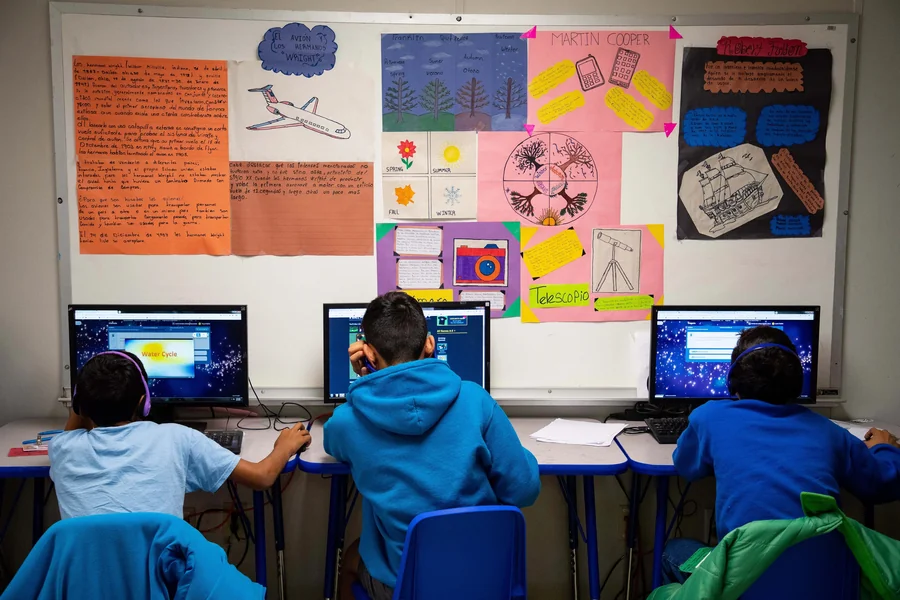The digital age has arrived, and our children are eager to join it. Yet, as parents, we face a modern dilemma: how do we introduce technology without opening the floodgates to inappropriate content, cyberbullying, or screen addiction? The answer lies in a gradual, controlled introduction—much like removing training wheels from a bicycle.
Just as we wouldn’t hand car keys to a child who hasn’t learned to walk, we shouldn’t thrust smartphones at young minds unprepared for digital responsibility. Instead, we need stepping stones that allow children to build confidence, learn boundaries, and develop healthy tech habits while maintaining safety and peace of mind.
Understanding the Digital Readiness Spectrum
Not all children are ready for technology at the same age, and not all devices carry the same risks. A six-year-old’s needs differ vastly from a pre-teen’s, yet both may benefit from age-appropriate technology that keeps them connected while protecting them from digital dangers.
The key is recognizing where your child falls on the digital readiness spectrum. Some children demonstrate responsibility early, following rules consistently and showing good judgment. Others need more time to develop these skills before taking on device responsibility. Consider your child’s ability to follow directions, understand consequences, and their current relationship with screen time.
Parents should evaluate their family’s specific needs. Do you need connection during after-school activities? Are there safety concerns during walks to school? Is your child feeling left out without a device? These factors help determine timing and device type.
Starting with Limited Connectivity Options
The smartphone industry has recognized parents’ concerns and responded with devices designed for gradual technology introduction. These alternatives offer essential communication features without the overwhelming complexity and risks of full smartphones.
A GPS watch for kids represents one of the most popular stepping stones into the digital world. These devices allow voice calls and text messages with parent-approved contacts while providing location tracking for safety. Many include safe zone alerts, which notify parents when children arrive at or leave designated areas like school or home.
Unlike smartphones, these devices eliminate access to social media, inappropriate websites, and addictive games that can derail development. They focus on core needs—communication and safety—while building responsibility gradually. Children learn to charge devices, respond to messages appropriately, and understand that technology comes with expectations and boundaries.
Building Digital Responsibility Through Gradual Features
Starting with limited devices teaches responsibility in manageable increments. When children first receive a basic communication device, they must learn fundamental skills: keeping it charged, not losing it, responding to parents’ calls, and using it appropriately during school hours.
These seemingly simple requirements build crucial habits. Children learn that technology is a tool, not a toy and that it comes with obligations. They experience the natural consequences of forgetting to charge their device or leaving it at home, lessons that prove invaluable when transitioning to more complex technology.
As children demonstrate mastery of basic rules, parents can gradually introduce additional features. This might mean allowing text messaging after proving responsible phone answering or adding a camera function once they’ve shown careful device handling. Each new privilege becomes earned rather than assumed, creating a strong foundation for future technology use.
Establishing Healthy Digital Boundaries Early
Habits children develop with their first devices often carry forward into their teenage years and beyond. This makes the early introduction period crucial for establishing healthy digital boundaries that will serve them throughout life.
Start by creating clear rules about when and where your kids can use the device. Many families establish tech-free zones like bedrooms and dining areas or tech-free times during homework or family meals. These boundaries help children understand that technology should enhance life, not dominate it. Consider implementing focus modes during school hours or quiet times before bed, features that many child-friendly devices now offer.
Teaching children to communicate rather than simply consume represents another vital boundary. Encourage them to use their device for meaningful connections with family members—calling grandparents, texting updates to parents, or coordinating with siblings. This helps them view technology as a communication tool rather than entertainment, setting the stage for healthier habits as they grow.
Preparing for the Smartphone Transition
The ultimate goal of starting with limited devices is to prepare children for smartphone responsibility. This transition shouldn’t happen overnight but rather when children have demonstrated consistent responsibility with their starter device and are developmentally ready for greater digital freedom.
Look for signs that your child is ready: they consistently follow the rules with their current device, show good judgment in offline situations, and can articulate the risks and benefits of social media and internet access. They should also demonstrate the ability to self-regulate screen time and understand the importance of face-to-face communication.
When the time comes for a smartphone, many safety features and habits established with their first device can carry over. Parent-approved contact lists, location sharing, and scheduled quiet times remain essential even with more advanced devices. The foundation of trust and responsibility built during the training wheel phase makes the smartphone transition smoother and safer for everyone involved.
The Long-Term Benefits of Gradual Tech Introduction
Taking a measured approach to technology introduction pays dividends throughout childhood and beyond. Children who start with limited, safe devices typically develop better digital habits, stronger family communication, and greater awareness of technology’s role in their lives.
These children often report feeling more confident when they eventually receive smartphones because they’ve already mastered the basics of digital responsibility. They understand that technology is a privilege requiring consistent good judgment, and they’re more likely to make wise choices when faced with new digital challenges.
Perhaps most importantly, families who take this gradual approach often maintain stronger relationships throughout the potentially turbulent teenage years. The foundation of trust and communication established during early tech introduction creates an ongoing dialogue about digital citizenship, online safety, and healthy technology use that benefits the entire family for years to come.



